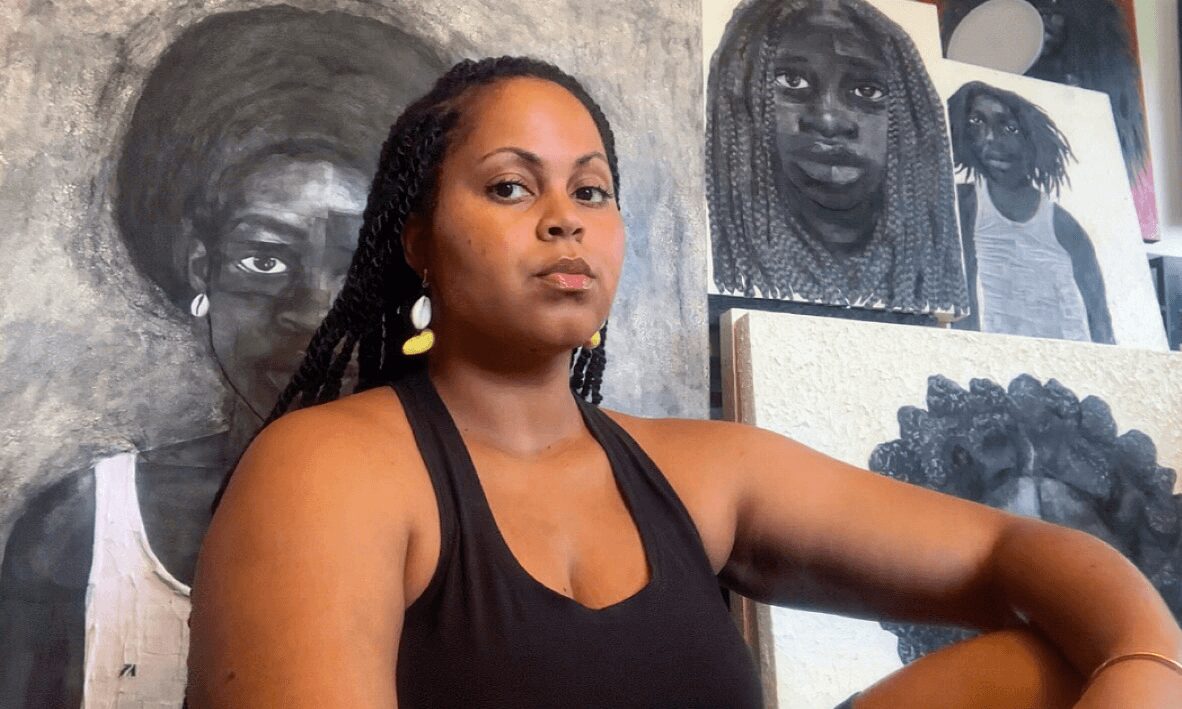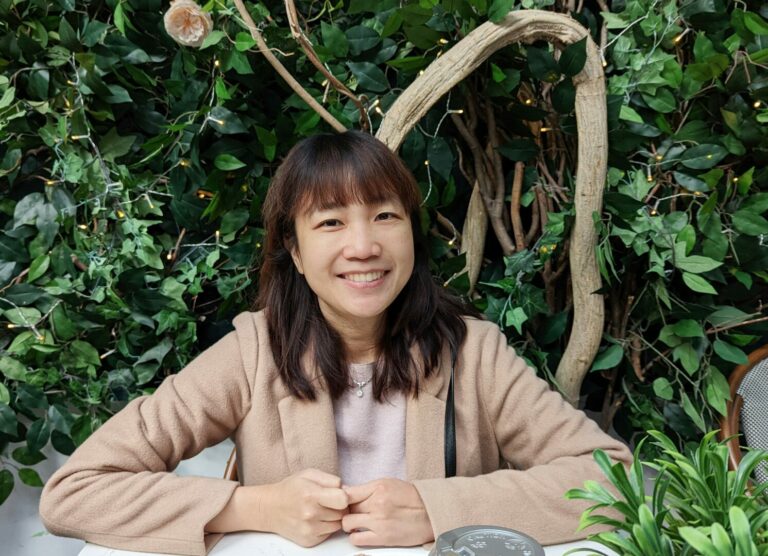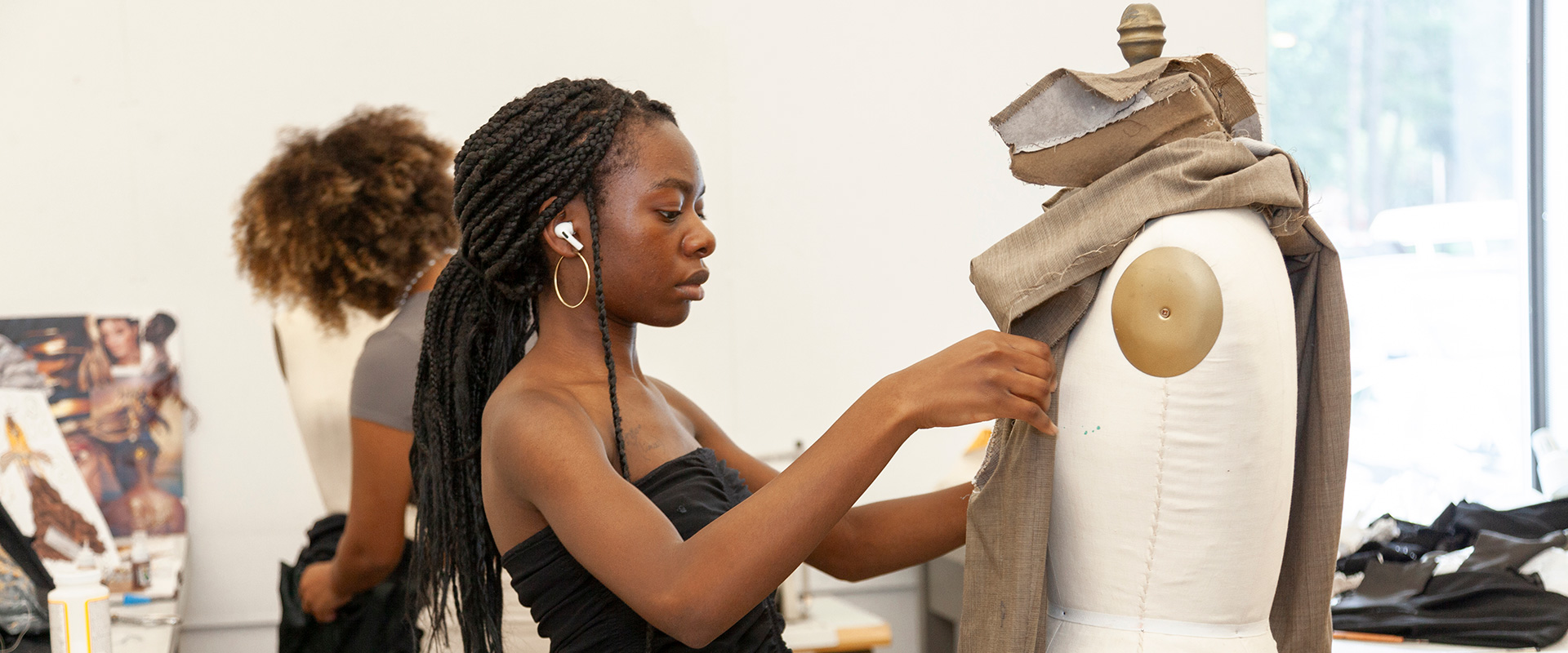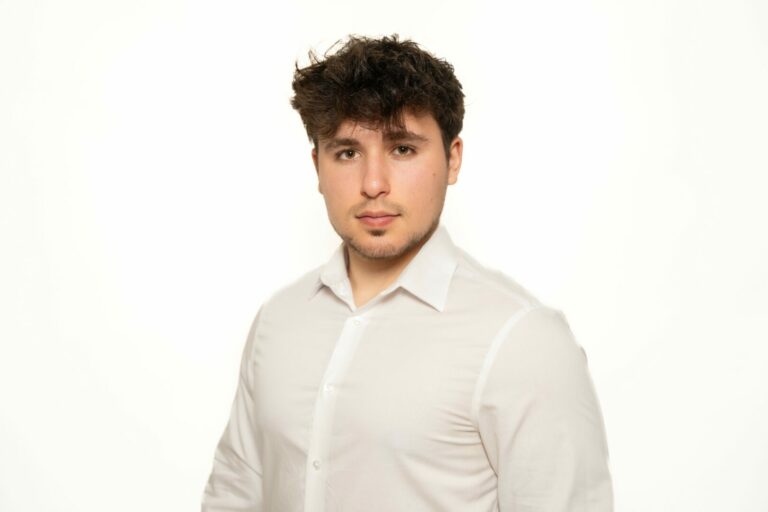We’re excited to introduce you to the always interesting and insightful Paula Mans. We hope you’ll enjoy our conversation with Paula below.
Hi Paula, thanks for sharing your insights with our community today. Part of your success, no doubt, is due to your work ethic and so we’d love if you could open up about where you got your work ethic from?
Implementing structure has been crucial to maintaining a consistent studio practice as an independent artist. I find that it’s helped to treat my practice as a conventional job – working consistently for several hours every single day. I have mapped out studio days for creating, in addition to administrative days where I document work, purchase supplies, conduct research, and apply for different opportunities. I find that showing up consistently – in a scheduled, structured manner – helps me maintain my work ethic, drive, and focus. It forces me to build my practice everyday, even when I don’t feel like it or when I feel uninspired. I find that working in this manner helps me push through creative blocks and increases my productivity. It also ensures that I continue to invest in a growing, evolving creative process.
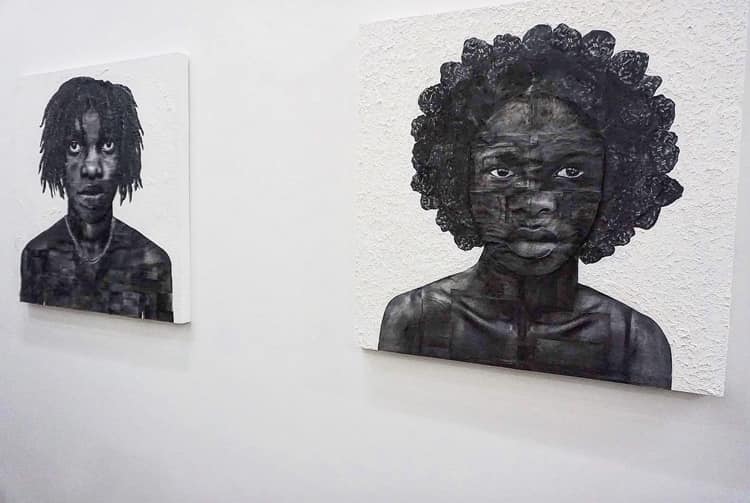
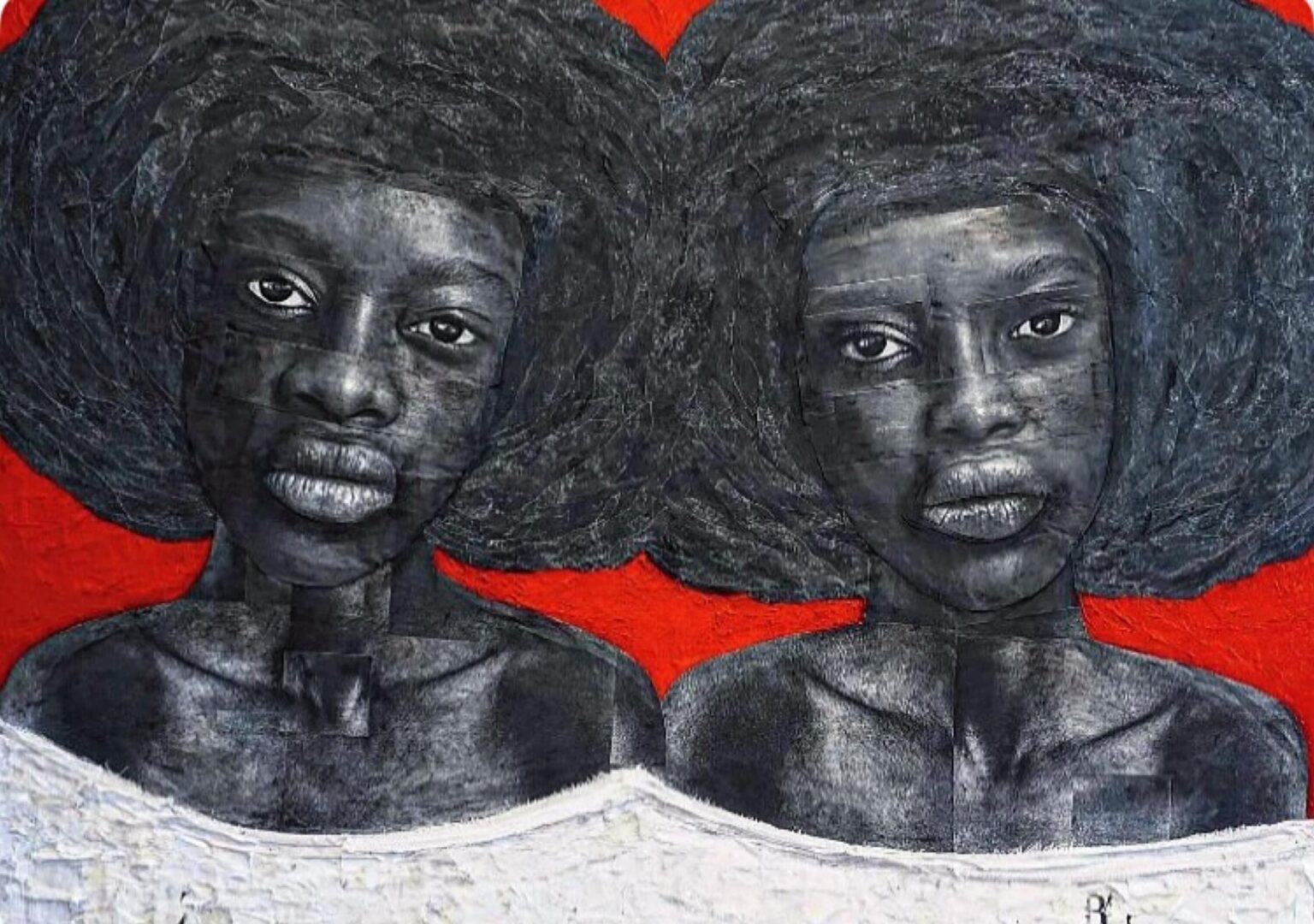
Thanks, so before we move on maybe you can share a bit more about yourself?
My name is Paula Mans. I am a mixed-media figurative collagist based in Washington, DC. As an artist, I view collage as emblematic of the cultural and historical interconnectedness of the African Diaspora. Just as the dispersed people of the Diaspora are tied together by the common thread of ancestry, in collage, disjointed pieces are fused to communicate one story. During the Transatlantic slave trade, millions of people from across West Africa were forcibly displaced from their ancestral homes. These Africans were thrown into the bellies of ships alongside fellow enslaved people with whom they did not necessarily share a common language, ethnicity, or religion. Rather than perish under the immeasurable weight of violence and degradation, enslaved Africans chose to survive – taking remnants of their identities and molding them together to form new cultures and identities in the Americas. In my artistic practice, I utilize collage as a physical tool that mirrors these historical processes. I draw from imagery of people from across the African Diaspora – deconstructing, bonding, and resignifying small parts to assemble new faces and forms that communicate shared identities and experiences.
While this history serves as the philosophical underpinning of my artistic practice, I also seek to create works that amplify the agency of people of African descent within contemporary social contexts. As a native of Washington, DC, one of the most rapidly gentrified cities in the United States, my most recent body of work, entitled “See Me,” navigates Black erasure. As Black people are increasingly displaced under the thumb of gentrification in many neighborhoods across DC, I create works that serve as visual records of Black permanence and protagonism. Rather than voyeuristic figuration to be viewed and consumed, the figures I construct look defiantly out onto the world – engaging, confronting, and challenging the viewer.
I have a few exciting updates relating to my practice! Two of my works have recently been acquired by the DC Commission on the Arts and Humanities and added to their permanent Art Bank collection. I am incredibly grateful for this opportunity- which marks the first addition of my work into a permanent collection! I am also honored to be a recipient of the 2024 Arts and Humanities fellowship, which was also awarded by DC Commission on the Arts and Humanities. Both opportunities will increase the visibility of my work and contribute to fostering a sustainable artistic practice. Currently, I am working on completing a new body of work for my second solo exhibition which will take place in 2025 in Washington, DC. I am very excited for what lies ahead!
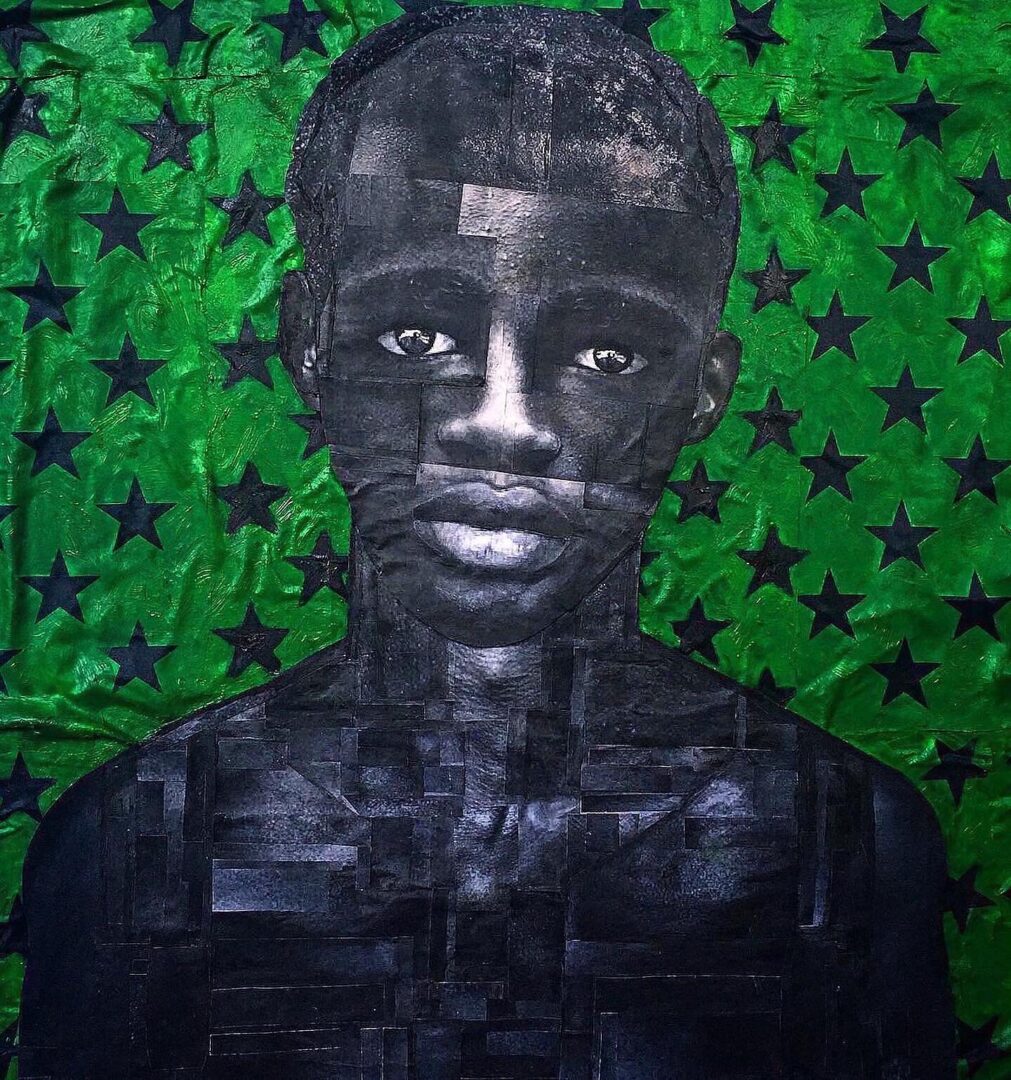
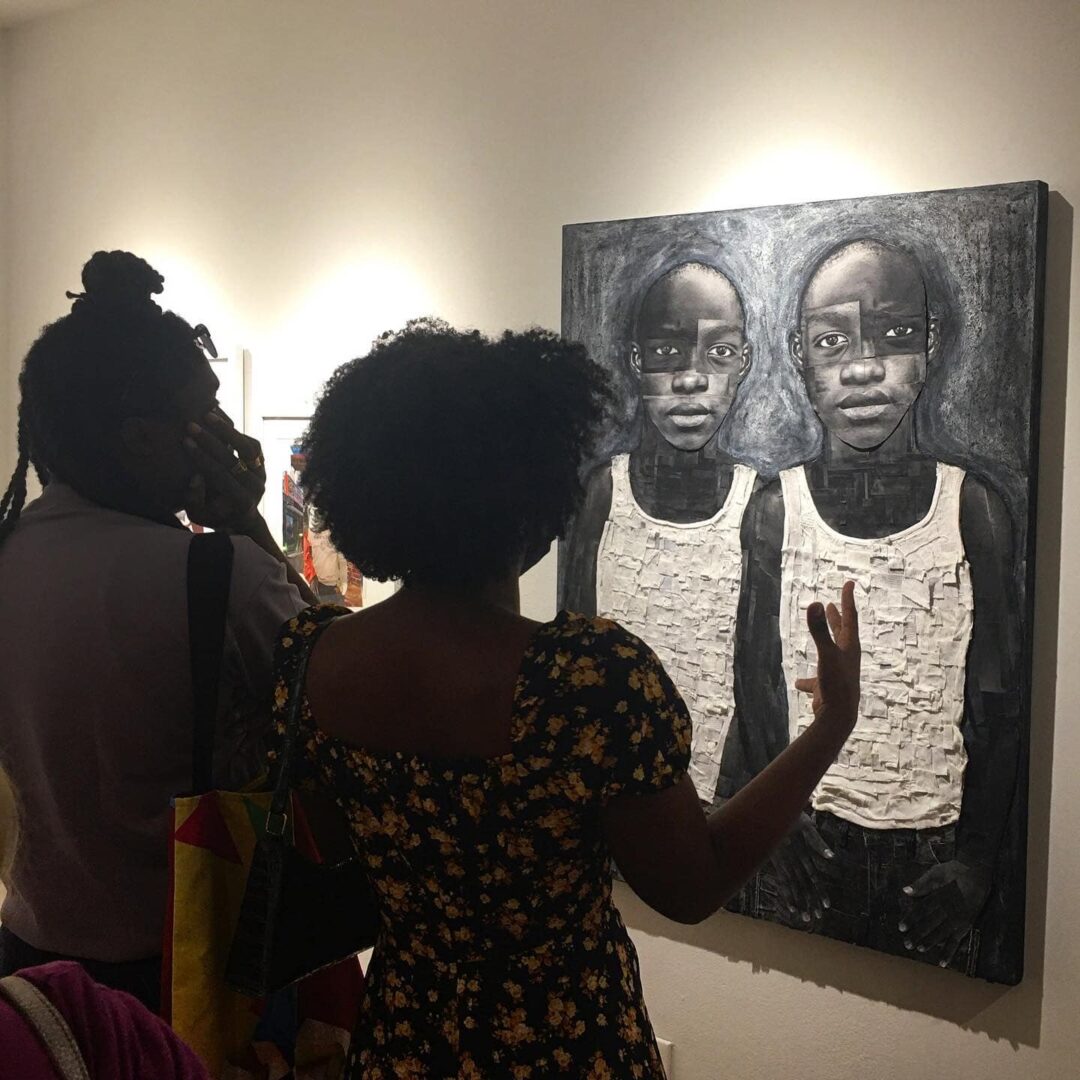
If you had to pick three qualities that are most important to develop, which three would you say matter most?
Developing a strong sense of self outside of my practice has played a crucial role in the refinement of my artistic voice. My worldview defines the ideas that are the philosophical foundation of my work. I construct understandings, excavate memories, and critically examine my experiences through the act of creating. Fortifying my perspective through my practice has led me to create works that communicate who I am, how I see and move through the world, and what I believe in.
Being in community with other artists has also been incredibly important for me on a personal and professional level. I began my journey as an artist working out of my home, which was an incredibly isolating experience. I largely relied on social media and exhibition openings to learn about and meet other artists. I have been working in a studio space outside of my home for nearly three months now and it has been an incredibly enriching experience. I have been able to make meaningful connections with other artists in the studio space. Building relationships with peers has helped me understand how to navigate the art world more effectively and has introduced me to opportunities, materials, and processes that I probably would not have found on my own. Most importantly, my relationships with artists has provided me with a system of support that helps sustain me. Being an artist can be a lonely experience because you spend so much time knee-deep in your work in your studio alone. I am deeply grateful to the artists that I share community with for keeping me sane and focused, for opening my mind and heart, and for being the supportive, brilliant, incredibly talented people that they are!
Finally, I would emphasize the crucial role that speaking and writing plays in studio practices and art careers. I believe that being able to effectively and articulately communicate your ideas through writing and speaking is almost as important as making strong work. Speaking publicly in artist talks, participating in interviews, and submitting written proposals for open calls, residencies, and grants are vital to maintaining an active, sustainable practice. Make time to build your confidence when communicating your ideas and discussing your practice in public forums. No one knows your work more intimately than you do. Strengthening your communication skills is a vital way that you can craft and control the narratives surrounding your work, and ultimately preserve your legacy as an artist.
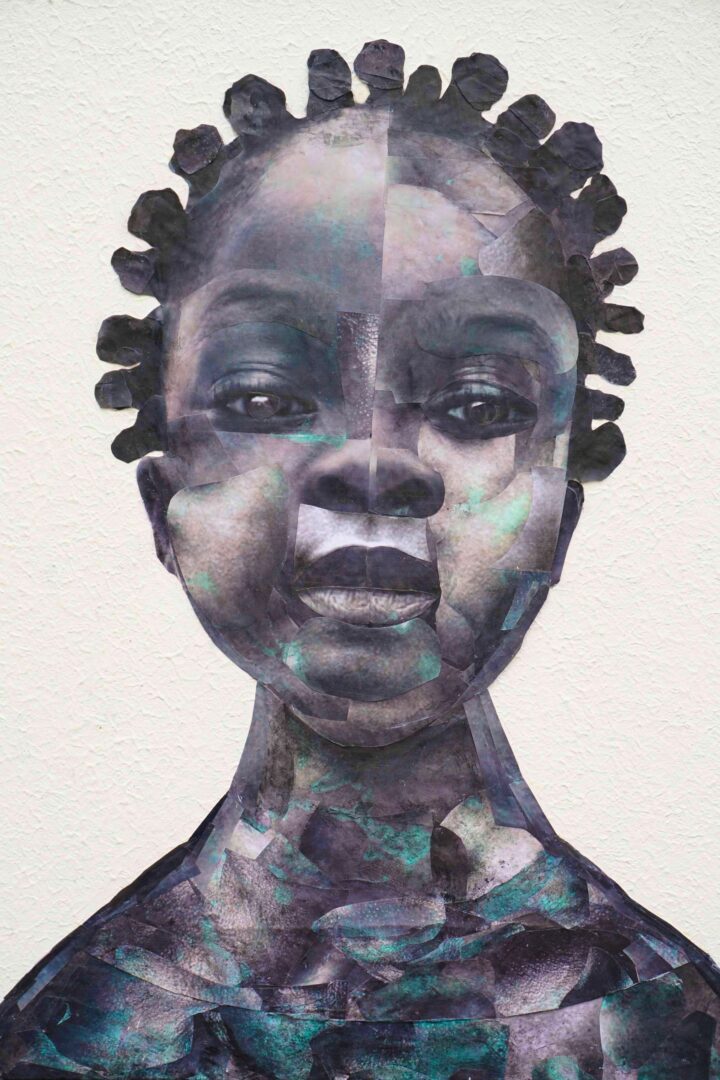
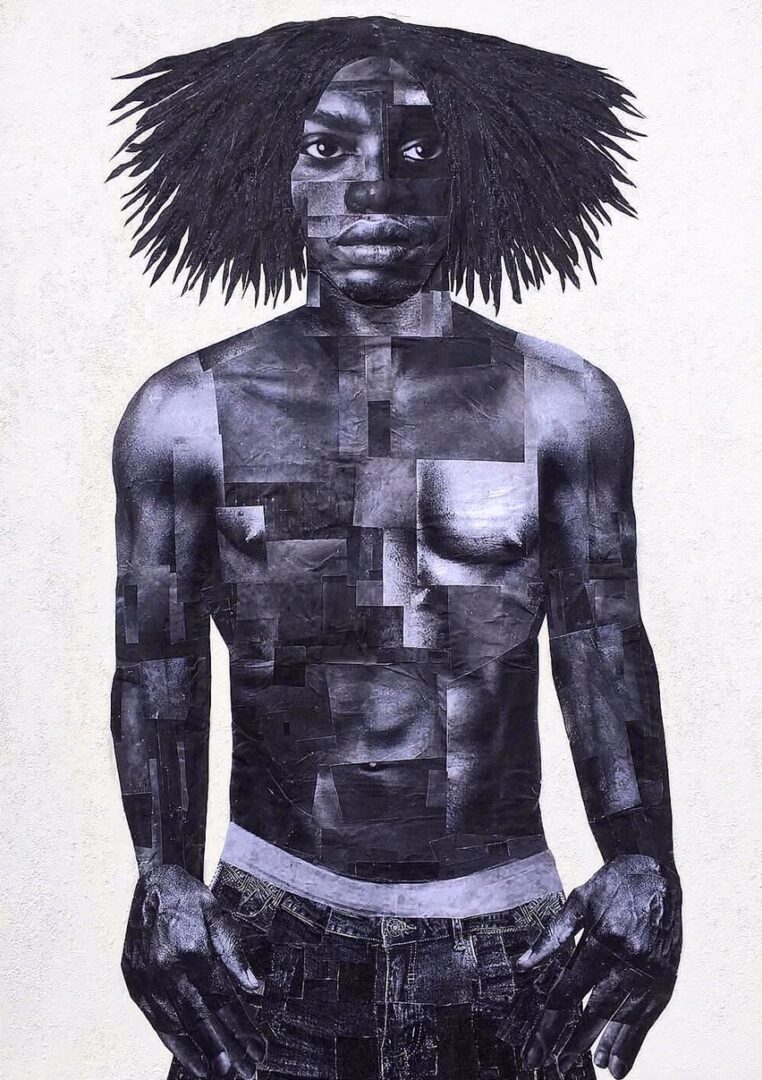
Before we go, maybe you can tell us a bit about your parents and what you feel was the most impactful thing they did for you?
My parents have given me their unconditional support as I’ve embarked upon this journey as a full-time artist. They both wholeheartedly encouraged me as I took this big leap and I will be forever grateful to them. From attending my exhibition openings, helping me transport work, and hanging my work up in my home – my parents are my number one cheerleaders. They believe in me, without reservations, and trust in me to carve out my own path in the world. So many of my artist friends and peers experience challenges because their families have trouble understanding and supporting their choice to pursue a non-conventional career path. My parents’ support is a monumental gift that I don’t take for granted. I an incredibly lucky I am to have them. Their support and love give me the courage to keep going. I could never thank them enough.
Contact Info:
- Website: https://paulamans.art
- Instagram: https://www.instagram.com/paulamansart/?hl=en
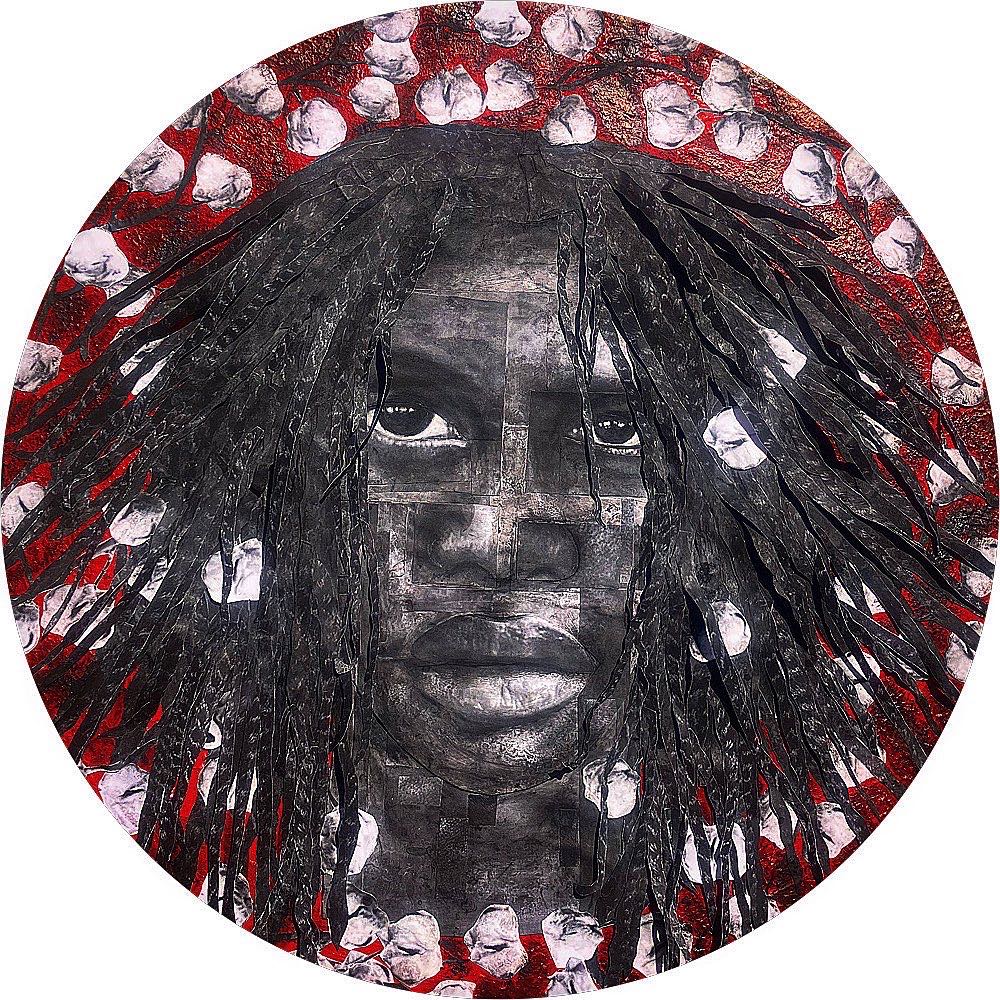
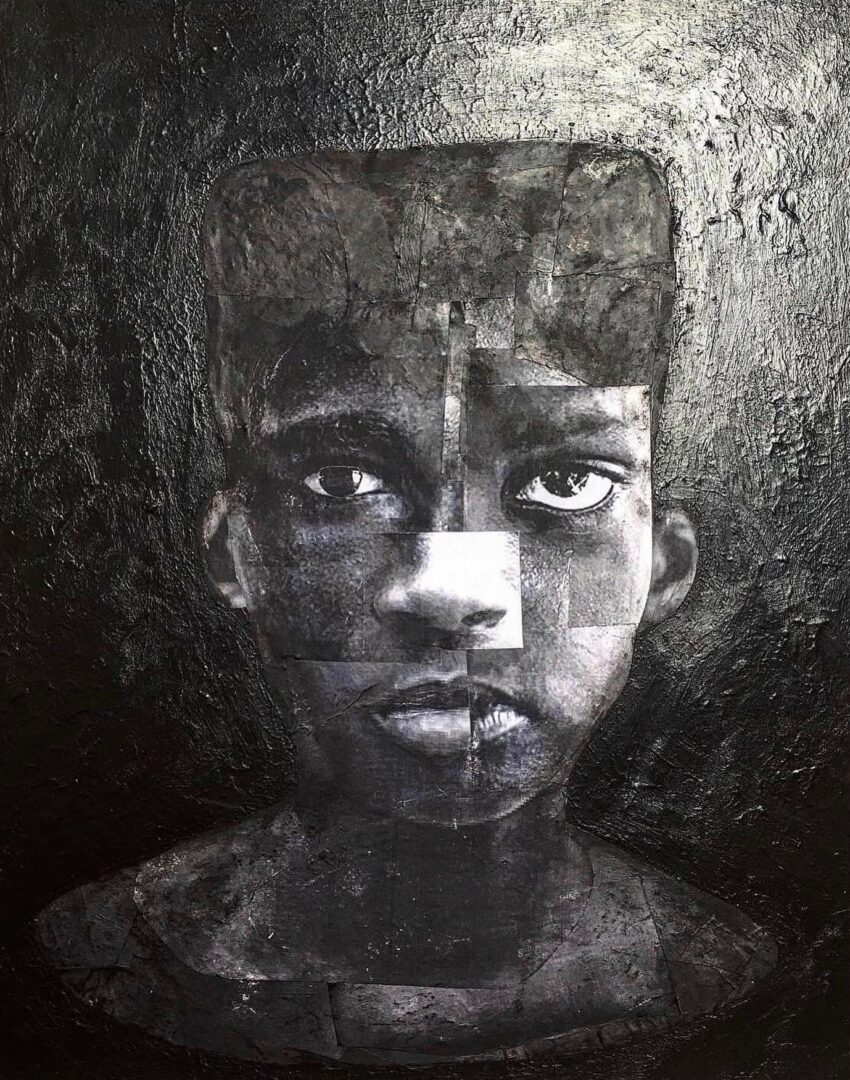
Image Credits
All photos courtesy of the artist.
so if you or someone you know deserves recognition please let us know here.

